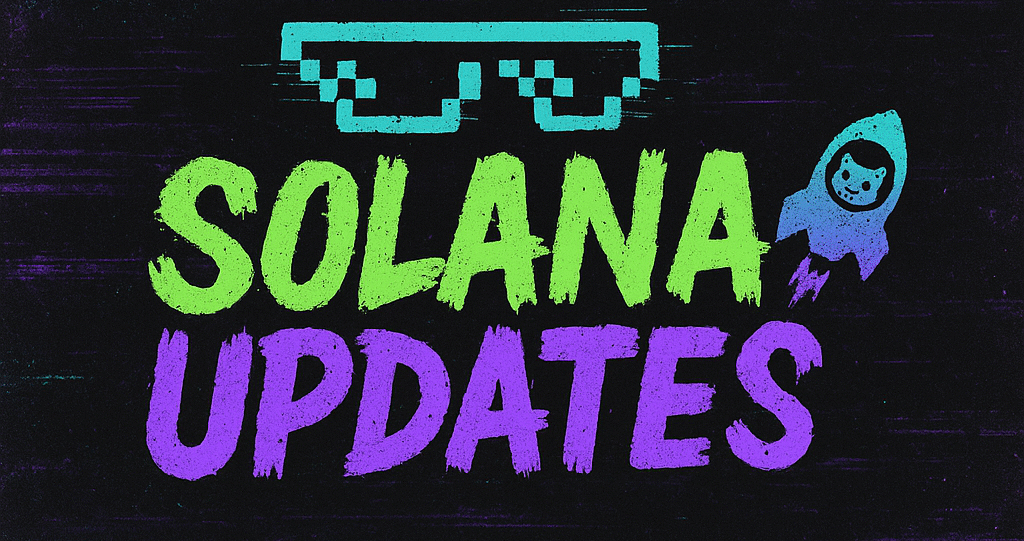Iran’s Crypto Mining Boom: 95% of Rigs Operate Illegally, Straining Power Resources
In recent years, Iran has emerged as a significant player in the global cryptocurrency mining arena, currently ranking as the world’s fourth-largest hub for this energy-intensive industry. However, this rapid expansion has not come without challenges. According to an official report, a staggering 95% of the country’s 427,000 active cryptocurrency mining devices are operating illegally. This unregulated boom is exerting immense pressure on the nation’s already strained power grid, raising concerns about sustainability and regulatory oversight.
The Rise of Iran as a Crypto Mining Hub
The burgeoning growth of cryptocurrency mining in Iran can be attributed to several factors. The country offers relatively low electricity costs, providing an attractive environment for miners who require substantial energy to power their operations. Additionally, the geopolitical landscape has incentivized many to turn towards cryptocurrencies as a means to circumvent economic sanctions and engage in international transactions.
Despite the potential economic benefits, the lack of regulatory oversight has led to a proliferation of unlicensed mining operations. The Iranian government has attempted to regulate the industry by issuing licenses and setting up a framework for legal mining activities. However, the majority of miners have chosen to operate outside the legal framework, avoiding licensing fees and regulations, which has led to a significant portion of the mining market remaining underground.
The Impact on Iran’s Power Grid
The unlicensed operations have taken a toll on Iran’s national power grid. Cryptocurrency mining is known for its high energy consumption, and with the majority of rigs operating illegally, the demand for electricity has surged unexpectedly. This has resulted in frequent power outages and has strained the country’s energy resources. The government has had to prioritize energy distribution, often leading to blackouts in various parts of the country, affecting both residential and industrial sectors.
In response to these challenges, Iranian authorities have ramped up efforts to crack down on illegal mining activities. This includes conducting raids on unlicensed mining farms and imposing hefty fines on those caught operating without a license. Despite these measures, the scale of illegal operations suggests that enforcement alone may not be sufficient to curb the rampant unlicensed mining.
Looking Forward: Regulatory and Environmental Considerations
The situation presents a complex dilemma for Iranian policymakers. On one hand, the cryptocurrency mining industry has the potential to contribute to economic growth and technological advancement. On the other hand, the environmental impact and the strain on the power grid pose significant challenges.
Strengthening regulatory mechanisms is crucial to bring more miners into the legal fold. This could involve streamlining the licensing process, offering incentives for compliance, and enhancing monitoring capabilities to ensure adherence to regulations. Additionally, investment in renewable energy sources could provide a more sustainable foundation for the industry to thrive without compromising the nation’s energy needs.
As Iran continues to navigate this intricate landscape, the outcome will likely have implications not only for its domestic energy policy but also for its standing in the global cryptocurrency market.
In conclusion, while Iran’s rise as a major crypto mining hub underscores its potential in the digital economy, the current challenges highlight the need for a balanced approach to regulation and resource management. The future of Iran’s crypto mining industry will depend significantly on how effectively it can address the ongoing issues of illegal operations and energy consumption.
🛒 Recommended Product: Check out top-rated crypto gear on Amazon


